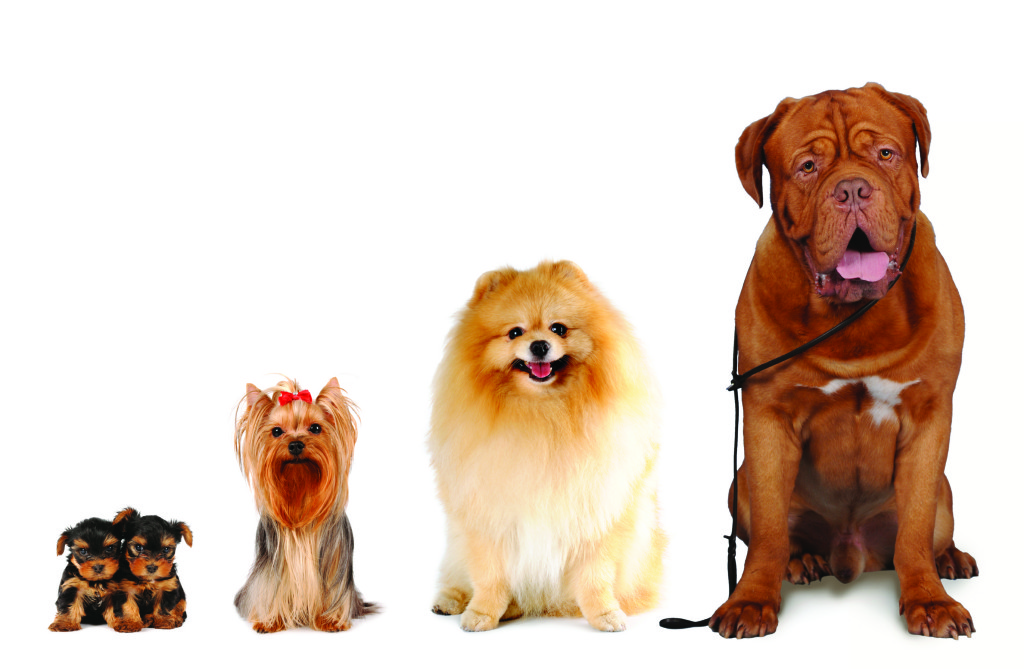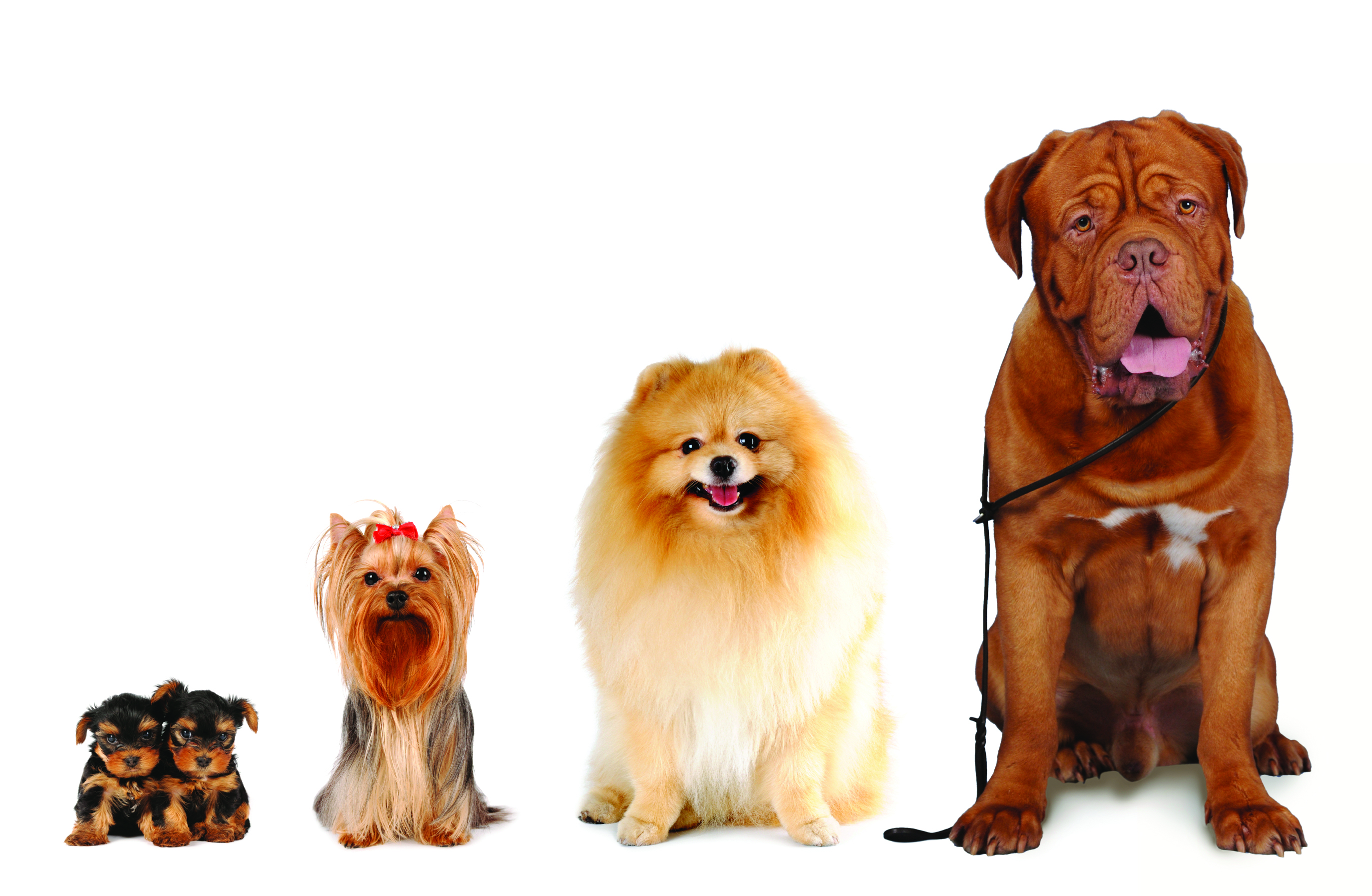
Last month we looked at the importance of play for pets. This time I want to focus on the dog and in particular his amazing sense of smell.
It might be said that a dog ‘sees’ through its nose. Humans are primarily a sound and vision species, we rationalise our environment using eyes and ears. For instance, we recognise people by how they look and sound. Not so dogs, they recognise each other primarily via a signature scent and use smell to make sense of the world around them. Dogs have 300 million olfactory receptors to our 6 million. They have a specialist smell analysis organ in the roof of the mouth and use tail wags to broadcast personal scent information from their anal glands. This is why dogs that go blind or deaf can actually adjust quite well, because their premier sense is still intact.
Our forefathers used dogs to hunt, track and forage – anything from truffles to an escaped convict was located in this way. Today we still employ the dog’s powerful scenting ability to locate missing people, for customs and excise work and for bomb detection. At Medical Detection Dogs in Milton Keynes exciting work is underway harnessing the dog’s nose to sniff out human cancers and to train diabetes and allergen alert dogs. This work is based on the dog’s ability to detect minute odour traces created by disease or changes in the environment. Dogs are able to detect tiny odour concentrations, around one part per trillion (the equivalent of one teaspoon of sugar in two Olympic sized swimming pools), there is potential to detect diseases, such as cancer, much earlier than is currently possible.
While working dogs are encouraged to use their sense of smell many pet dogs are actively discouraged. Understandably owners do not want their pet shoving a nose into the crotch of a visitor or lingering too long at the pile of fox poo in the park. However, harnessing the dog’s nose in the right way can really add value to walks and exercise with the dog. The easiest way is to teach your dog a basic ‘find’ exercise.
Here’s how:
- Start with a handful of tasty treats. Toss one to your left, point and say “find”! Then toss one to your other side and cue. Repeat six times.
- Get your dog to sit and wait or have someone hold his lead or tether him. Walk 10 to 15 feet away and let him see you place a treat on the floor. Walk back to his side, pause, and point saying “find” encouraging him to go and get the treat. Repeat 6 times, unhooking the lead each time.
- Next, have your dog sit and wait, or tether him and ‘hide’ the treat in an easy hiding place. Walk back to his side, pause, and cue him encouraging him to go get the treat. Repeat 6 times.
- Again, have your dog sit and wait. This time hide several treats in easy places while he’s watching. Return to his side, pause, and cue him. Don’t help if he doesn’t find them right away. You can repeat the cue and gesture, but don’t show him where it is; you want him to work to find it.
- Hide the treats in harder and harder places: behind a chair leg or surfaces off the ground
- Finally, put him in another room while you hide treats. Bring him back in and cue him.
Now you can use ‘find’ to exercise your dog inside or outside. You’ll be amazed how tired your dog is after some nose work.
Leonie St Clair |www.londondogstraining
This article first appeared in the June 2017 issue of SE22 magazine.

